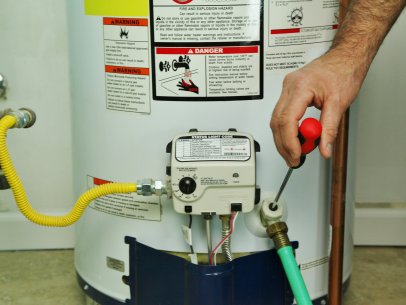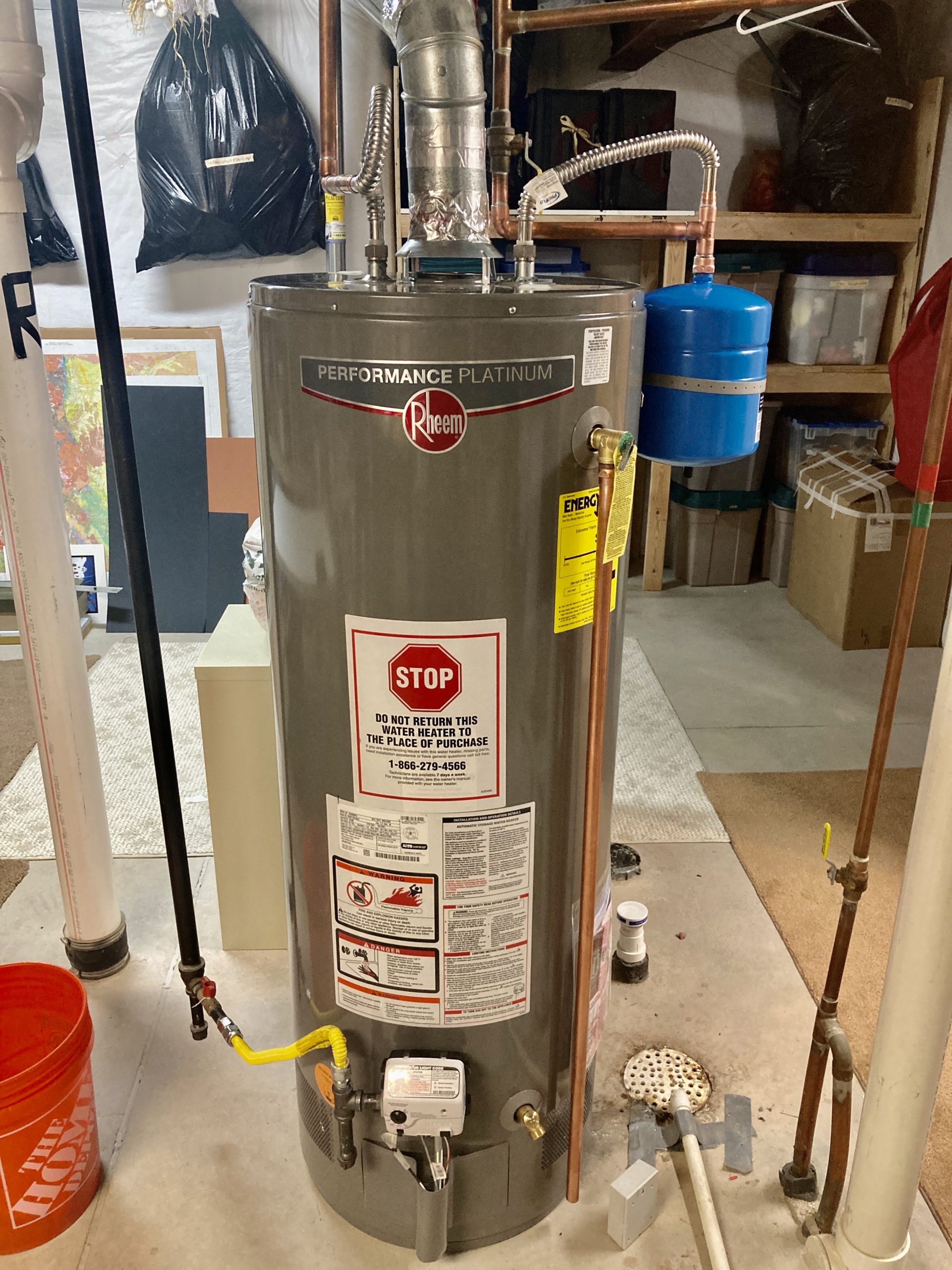Caring for Your Home's Hot Water System: Key Guidelines
Caring for Your Home's Hot Water System: Key Guidelines
Blog Article
What are your ideas on How to Maintain Your Water Heater & Prolong its Life?

Warm water is vital for daily comfort, whether it's for a refreshing shower or cleaning dishes. To ensure your warm water system runs efficiently and lasts much longer, regular maintenance is essential. This short article gives useful pointers and insights on exactly how to keep your home's warm water system to avoid interruptions and costly repairs.
Intro
Maintaining your home's warm water system could seem overwhelming, but with a few straightforward steps, you can ensure it runs smoothly for years to come. This overview covers everything from comprehending your warm water system to do it yourself upkeep tips and understanding when to call professional help.
Value of Keeping Your Warm Water System
Routine upkeep not just expands the lifespan of your hot water system however additionally ensures it operates efficiently. Ignoring upkeep can cause lowered performance, higher energy expenses, and also early failing of the system.
Indicators Your Hot Water System Requirements Maintenance
Knowing when your hot water system requires attention can avoid major problems. Watch out for indications such as inconsistent water temperature, strange noises from the heater, or rusty water.
Flushing the Water Heater
Flushing your hot water heater eliminates debris accumulation, boosting effectiveness and extending its life.
Checking and Replacing Anode Rods
Anode poles protect against deterioration inside the container. Inspecting and changing them when worn is critical.
Complex Problems Calling For Expert Assistance
Examples include significant leakages, electrical issues, or if your water heater is regularly underperforming.
Routine Specialist Upkeep Perks
Expert upkeep can include complete examinations, tune-ups, and guaranteeing compliance with safety and security requirements.
Examining and Changing Temperature Setups
Readjusting the temperature setups makes certain ideal performance and security.
DIY Tips for Upkeep
You can perform numerous maintenance tasks on your own to keep your hot water system in leading condition.
Checking for Leakages
On a regular basis examine pipelines and connections for leakages, as these can cause water damages and higher costs.
Understanding Your Warm Water System
Prior to diving into upkeep tasks, it's helpful to recognize the fundamental parts of your warm water system. Commonly, this consists of the water heater itself, pipelines, anode poles, and temperature controls.
Month-to-month Maintenance Tasks
Regular month-to-month checks can assist capture minor concerns before they intensify.
Testing Stress Relief Valves
Examining the pressure safety valve ensures it works correctly and stops excessive stress buildup.
Protecting Pipelines
Insulating warm water pipelines decreases warmth loss and can conserve power.
When to Call a Professional
While do it yourself upkeep is useful, some concerns require expert knowledge.
Verdict
Regular maintenance of your home's warm water system is essential for effectiveness, long life, and cost financial savings. By adhering to these suggestions and understanding when to look for specialist help, you can make sure a reliable supply of warm water without unanticipated disruptions.
How to Maintain an Instant Hot Water Heater
Before tinkering with your hot water heater, make sure that it’s not powered on. You also have to turn off the main circuit breaker and shut off the main gas line to prevent accidents. Also turn off the water valves connected to your unit to prevent water from flowing into and out of the appliance. 2. When you’re done, you have to detach the purge valves’ caps. These look like the letter “T†and are situated on either side of the water valves. Doing so will release any pressure that has accumulated inside the valves while at the same time avoid hot water from shooting out and burning your skin. 3. When the purge valves’ caps are removed, you have to connect your hosing lines to the valves. Your unit should have come with three hoses but if it didn’t, you can purchase these things from any hardware or home repair shops. You can also get them from retail stores that sell water heating systems. Read the user’s manual and follow it to complete this task properly. When the hosing lines are connected, open the purge port’s valves. 4. You should never use harsh chemical cleaners or solutions when cleaning your unit. Make use of white vinegar instead. It should be undiluted and you’ll probably use about 2 gallons. 5. Now flush your water heater. This task should probably take about 40 minutes. We can’t give you specific directions for this because the procedure is carried out depending on the type, model and brand of your heater. With that being said, refer to the user’s manual. 6. When you’re done draining the unit, you have to turn off the purge port valves again. Remove the hosing lines that you earlier installed on each of the water valves. Put the valve caps (purge port) back in their respective places and be very careful so as not to damage the rubber discs that are found inside these caps. 7. Now that everything’s back in place, check your user’s manual again to find out how to reactivate your water heating system. 8. Once it is working, turn one of your hot water faucets on just to let air pass through the heater’s water supply pipes. Leave the tap on until water flows smoothly out of it. https://www.orrplumbing.com/blog/2014/september/how-to-maintain-an-instant-hot-water-heater/

As a devoted person who reads on What Kind of Maintenance Do Water Heaters Need?, I assumed sharing that excerpt was a good thing. Sharing is nice. Helping others is fun. Thanks a lot for taking the time to read it.
This Website Report this page